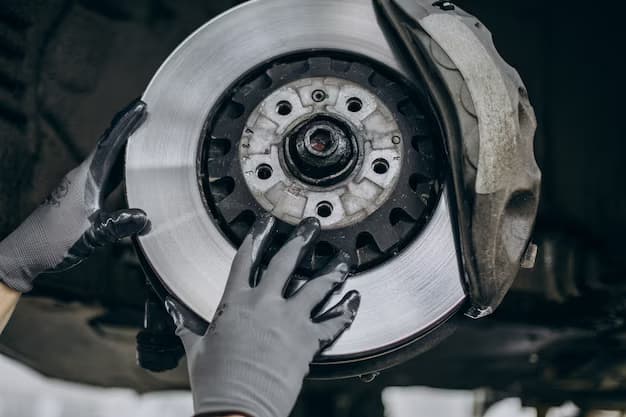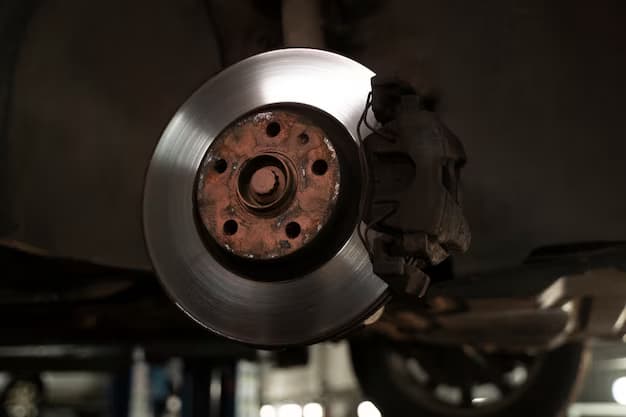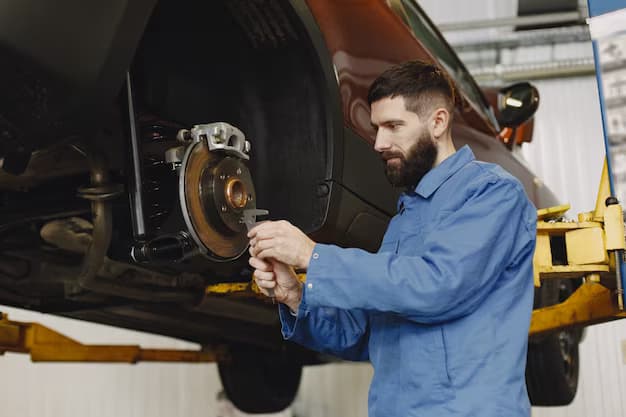
A Comprehensive Guide on Changing a Clutch: Step by Step
In the universe of vehicle maintenance, the clutch stands as a central component. Ensuring its proper function can be the thin line between a smooth drive and a jerky nightmare. But what happens when this key component wears out? Fear not, for here’s your ultimate guide on how to change a clutch, presented in a conversational and easy-to-follow format. Ready to dive in?
Why Does a Clutch Wear Out?
You know, it’s a lot like our favorite pair of shoes. With repeated use, they wear out. The clutch isn’t exempt from this rule. Factors include:
Friction and Pressure
Like dancing shoes on a ballroom floor, the constant contact causes wear.
Driving Habits
Ever seen a kid wear out sneakers faster than you thought humanly possible? Similarly, aggressive driving can speed up clutch wear.
External Factors
Just as walking on rocky terrain can wear shoes faster, external factors like towing heavy loads can influence clutch longevity.
Identifying the Need to Change a Clutch
Ever heard the phrase, “If it ain’t broke, don’t fix it?” Well, here’s how to identify if your clutch is, indeed, “broke”:
- Slipping Out of Gear: Imagine trying to run in shoes that are too big. Uncomfortable, right?
- Sticky Clutch Pedal: Similar to stepping on a piece of gum with your shoe.
- Unusual Noises: If your shoes could scream in pain, that’s what a worn-out clutch sounds like.
Gathering the Right Tools
Before diving into this ocean, let’s ensure we have the right diving gear:
- Wrench Set: Your underwater knife.
- Jack and Jack Stands: Imagine these as your flotation devices.
- Clutch Kit: This is the new pair of shoes you’ve been waiting for!
- Socket Set: Your tool for intricate maneuvers.
- Brake Cleaner: Keep it squeaky clean!
| Tool | Analogy | Purpose |
|---|---|---|
| Wrench Set | Underwater Knife | Loosening/tightening |
| Jack Stands | Flotation Devices | Elevating the car |
| Clutch Kit | New Shoes | Replacement |
| Socket Set | Intricate Tool | For nuts & bolts |
| Brake Cleaner | Soap | Cleaning |
The Main Event: Changing the Clutch
Ready to dive deep? Let’s go!
1. Safety First:
- It’s like putting on knee pads before skateboarding. Ensure the car is securely elevated.
2. Remove the Transmission:
- Think of it as removing the shoelaces before replacing the sole of a shoe. Access is key!
3. Access the Clutch:
- Once the shoe is open, we get to the sole, or in this case, the clutch.
4. Remove the Old Clutch:
- Like peeling off an old, worn-out sticker from a beloved notebook.
5. Install the New Clutch:
- Ever felt the joy of slipping your feet into a new pair of shoes? Here’s where that magic happens for your car.
6. Reattach Everything:
- Lace up! Make sure everything goes back to where it belongs.
Post-Installation Checks:
You wouldn’t start running immediately after wearing new shoes, right? Some checks first:
- Clutch Pedal Feel: Should be as smooth as a fresh pair of socks.
- Gears: Changing them should be as smooth as flipping through pages of a new book.

Understanding Clutch Components
When we speak of the clutch, many visualize it as a single unit, akin to seeing an iceberg’s tip and missing the vast structure beneath. The clutch isn’t just one component; it’s a symphony of parts working in harmony.
Pressure Plate and Clutch Disc
The dynamic duo of the clutch world! Think of the pressure plate as the hand that presses down on the clutch disc, which, in turn, is like the book being held. When the clutch pedal is depressed, the pressure plate releases its grip on the clutch disc, allowing you to change gears.
Flywheel
This is the backbone. Attached to the engine, the flywheel provides a smooth surface for the clutch disc to grip onto. Over time, like the spine of a well-read book, the flywheel can wear out or get damaged.
Release Bearing (or Throw-out Bearing)
In this symphony, consider the release bearing the conductor, orchestrating the movement. It pushes against the diaphragm spring causing the pressure plate to release the clutch disc.
Common Myths About Clutch Maintenance
In the realm of automotive care, myths and half-truths run rampant. Let’s debunk some of the most popular myths surrounding clutches.
“Riding” the Clutch is Okay
Ever heard of someone saying it’s okay to keep your foot lightly on the clutch while driving? That’s akin to saying it’s fine to drag your new shoes on the ground as you walk. The truth? It leads to premature wear.
A Clutch Can Last the Lifetime of the Car
While it would be a dream come true, sadly, this isn’t the reality. Clutches wear out, much like tires or brake pads. Regular checks and maintenance can extend its life, but it won’t last forever.
Any Mechanic Can Change a Clutch
Would you trust a dentist to perform heart surgery? While both are doctors, their specialties differ. Similarly, while many mechanics can handle a variety of tasks, it’s always best to choose someone experienced in clutch replacements.

Cost Factors When Replacing a Clutch
Replacing a clutch is an investment, and understanding the cost breakdown can help in budgeting for this essential maintenance.
| Component | Average Cost | Description |
|---|---|---|
| Clutch Kit | $300 – $800 | Includes the clutch disc, pressure plate, and release bearing. |
| Labor | $500 – $1,200 | Cost varies based on the mechanic’s hourly rate and the complexity of the job. |
| Flywheel Resurfacing or Replacement | $50 – $350 | Essential if the flywheel shows signs of wear or damage. |
| Miscellaneous Parts & Fluids | $50 – $100 | Replacement fluids, seals, and other small components. |
Conclusion
Changing a clutch might seem like a Herculean task, akin to climbing Mount Everest in flip-flops. But with the right guidance, tools, and patience, it becomes a walk (or drive!) in the park. So, next time your clutch gives you the blues, you know what to do. Safe driving!
FAQs
It’s like asking how often to buy new shoes. It depends on use, but typically between 50,000 to 100,000 miles.
With the right tools and guidance, absolutely! But if in doubt, seeking professional help is always good.
It varies, much like shoes. But typically, it ranges from $500 to $2,500 including labor.
If only cars could talk! But the signs mentioned above are a good starting point.
Not aligning the clutch properly. Like wearing mismatched shoes – awkward and uncomfortable!